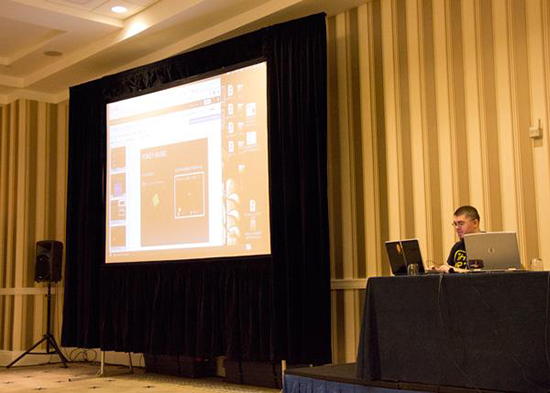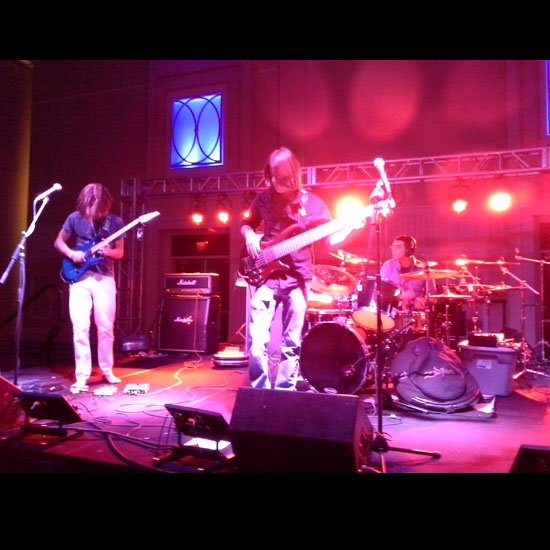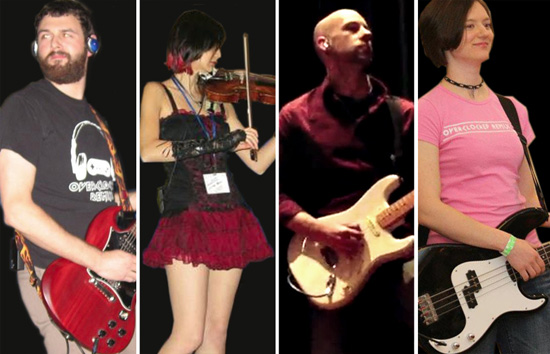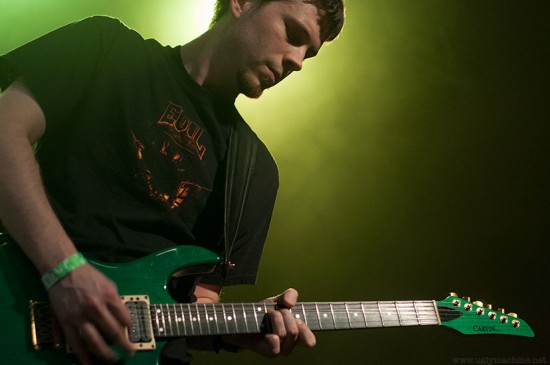With an interest in chip tune music must come a certain desire to figure out the best reproduction of those chip tune sounds. Having a synthesizer myself, I always thought creating a chip tune piece was as simple as using a square wave coming out of my analog SH-201. Everyone has a different method, but this was my approach. Despite different approaches, there is a tremendous difference in the sounds produced from any sound chip, let alone those in video game consoles and handheld devices.
For instance, the timbre of a C64 square wave sounds way different than an NES square wave. They are both square waves, yet the aesthetics that make up the sound drastically differs for each system. If you were going to create an NES based chip tune, it wouldn’t help to emulate chip sounds from a C64, or in my case, my analog SH-201. How can someone spot the difference? Inverse Phase, Mr. MAGFest, as some call him, often teaches people the differences, so they could be armed with an applicable sound palette before creating their own chip tunes. Today, I’ll go over some of these differences thanks to a lecture by Inverse Phase titled Music from Old Sound Chips.




































